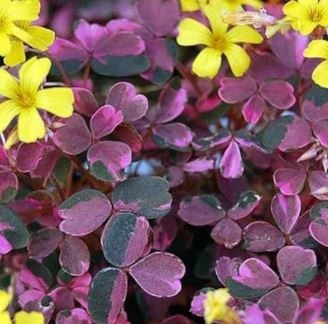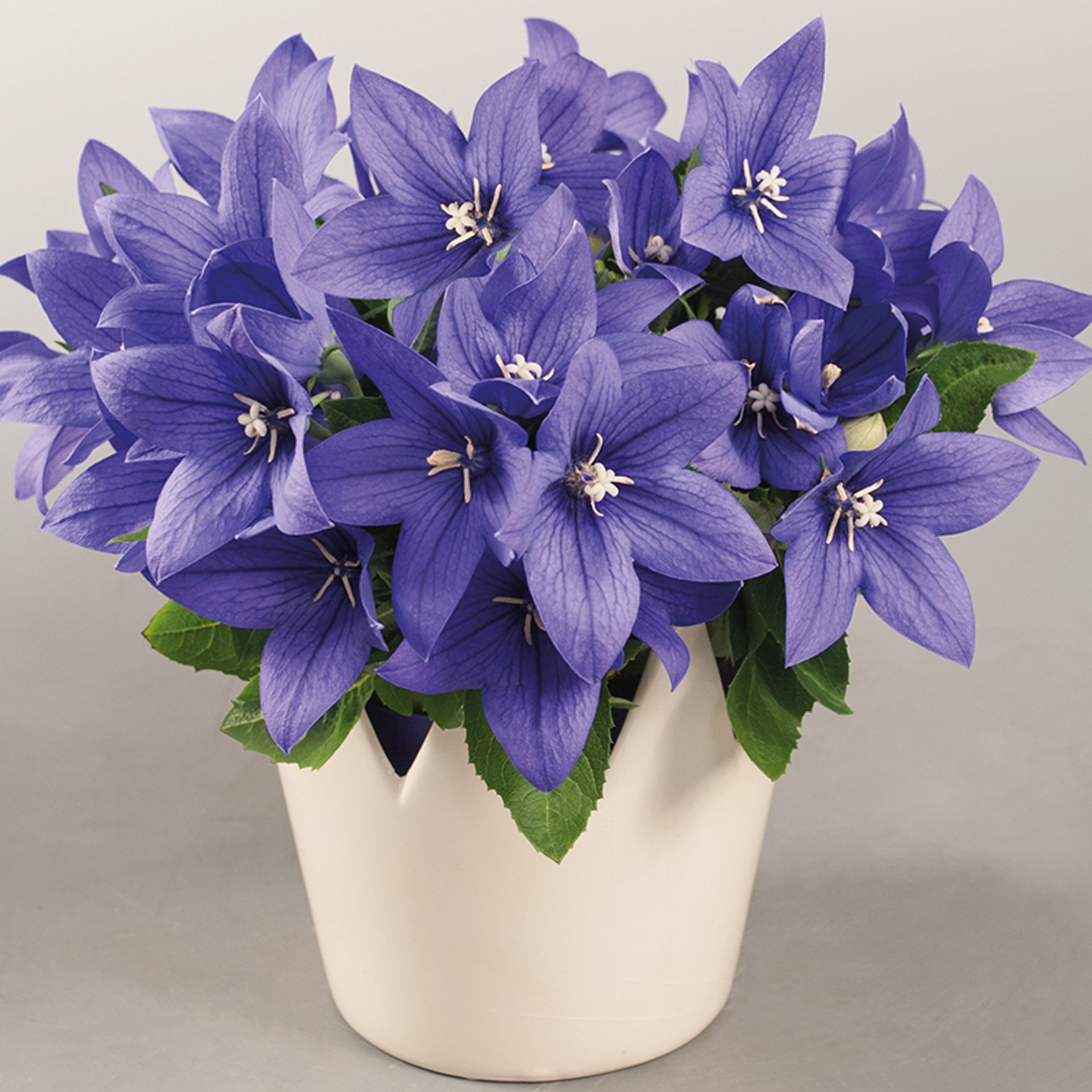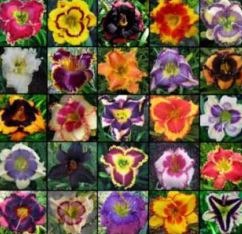Shrimp Plant
Justicia brandegeeana, also known as the Mexican shrimp plant, is a beautiful and unique flowering plant that is native to Mexico and Guatemala. With its vibrant red bracts and long, cascading flowers, it is a popular choice for both indoor and outdoor gardens.
The Justicia brandegeeana plant belongs to the Acanthaceae family and is known for its striking appearance. The most distinctive feature of this plant is its bracts, which resemble shrimps in shape and color. These red bracts surround the small, tubular white flowers, creating an eye-catching display.
One of the reasons why Justicia brandegeeana is a favored choice among gardeners is its ease of care. This plant thrives in warm and humid environments, making it perfect for tropical and subtropical regions. It requires bright but indirect sunlight and well-draining soil. Regular watering is necessary to keep the soil moist, but overwatering should be avoided as it can lead to root rot.
Justicia brandegeeana is not only visually appealing but also attracts pollinators such as butterflies and hummingbirds. The tubular flowers provide a source of nectar, making it a valuable addition to any garden aiming to support local wildlife.
In addition to its ornamental value, Justicia brandegeeana is also believed to have medicinal properties. In traditional medicine, the leaves of this plant have been used to treat various ailments such as skin infections and digestive disorders. However, it is important to note that further research is needed to confirm these claims and determine the plant’s full potential in the field of medicine.
If you are considering adding Justicia brandegeeana to your garden, it is worth noting that this plant can grow up to 3 feet in height and has a spreading habit. Regular pruning is necessary to maintain its shape and prevent it from becoming too leggy. Propagation can be done through stem cuttings, which should be taken during the warmer months for the best results.
Care Guide
Here are some care tips to keep your plant healthy and thriving:
- Light requirements: Place the Shrimp Plant in a location that receives bright, indirect light or partial shade. It can tolerate some morning or evening sun, but direct sunlight during the hottest part of the day can scorch its leaves. Aim for a balance of light and shade.
- Temperature and humidity: Justicia brandegeeana prefers warm temperatures between 60°F to 75°F (15°C to 24°C). It is not frost-tolerant and should be protected from cold drafts and freezing temperatures. The plant appreciates a humid environment, so misting the leaves or placing a tray of water nearby can help increase humidity levels.
- Watering: Keep the soil consistently moist but avoid waterlogging. Water the plant when the top inch (2.5 cm) of soil feels dry to the touch. Ensure good drainage by using well-draining potting soil or incorporating perlite into the soil mix. During the winter months, reduce watering slightly, allowing the topsoil to dry out a bit more between waterings.
- Fertilization: Feed the Shrimp Plant with a balanced, water-soluble fertilizer during the growing season (spring to summer) to promote healthy growth and flowering. Follow the instructions on the fertilizer packaging for proper dilution and frequency. Avoid over-fertilization, as it can lead to excessive foliage growth at the expense of flowers.
- Pruning: Regular pruning helps maintain a compact and bushy shape. Pinch back the tips of the stems after flowering to encourage branching and stimulate new growth. Remove any dead or yellowing leaves as necessary.
- Pests and diseases: The Shrimp Plant is generally resistant to pests and diseases. However, it can occasionally be susceptible to common houseplant pests like aphids or spider mites. Monitor the plant regularly and take appropriate action if pests are detected. You can use insecticidal soap or a gentle spray of water to control pests.
- Propagation: Justicia brandegeeana can be propagated through stem cuttings. Take 4 to 6-inch (10 to 15 cm) cuttings from healthy stems, remove the lower leaves, and place them in a well-draining rooting medium. Keep the cuttings moist and provide them with indirect light until they root.





